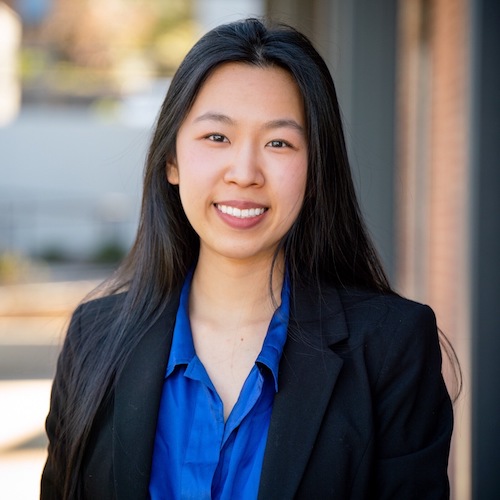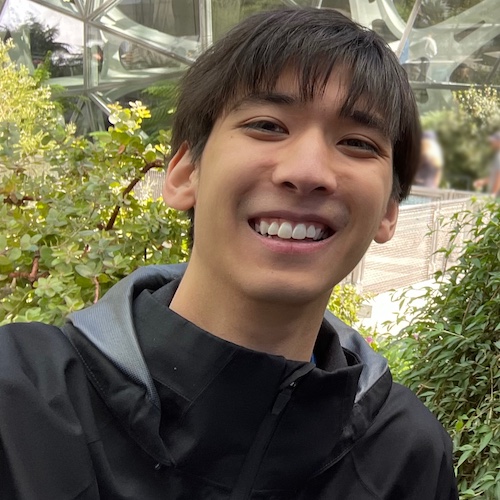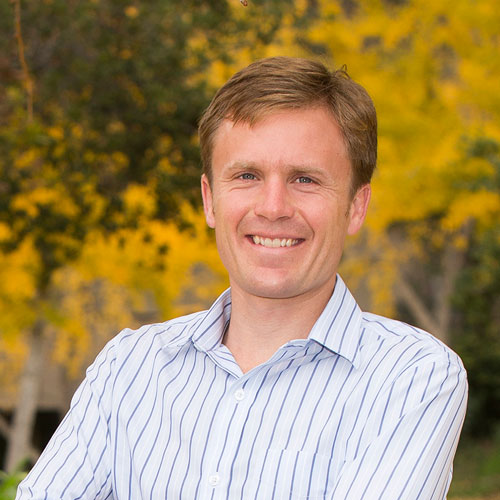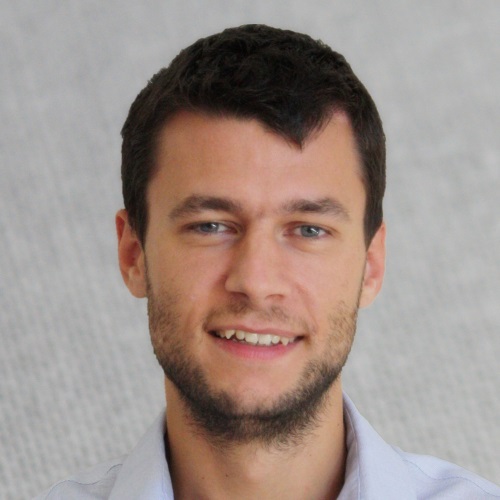Applications
Project Preference Form
Course Description
The sustainable development goals (SDGs) encompass many important aspects of human and ecosystem well-being that are traditionally difficult to measure. This project-based course will focus on ways to use inexpensive, unconventional data streams to measure outcomes relevant to SDGs, including poverty, hunger, health, governance, and economic activity. Students will apply machine learning techniques to various projects outlined at the beginning of the quarter. The main learning goals are to gain experience conducting and communicating original research. Prior knowledge of machine learning techniques, such as from CS 221, CS 229, CS 231N, STATS 202, or STATS 216 is required. Open to both undergraduate and graduate students. Enrollment limited to 24. Students must apply for the class by filling out the form. A permission code will be given to admitted students to register for the class.
Note for co-term and masters students in CS: This class counts toward part (c) of the AI specialization.
Time and Location
Meetings
- Tuesdays, 1:30pm - 4:20pm
- Location: Shriram 108
Office Hours
TA Office Hours
- Angela: Thursday 5:00pm - 6:00pm, location TBD
- Christos: Monday 5:30pm - 6:30pm, location TBD (or via Zoom)
Professor Office Hours
- Stefano: Friday 11:00am-12:00pm, via Zoom
- David: Thursday 3:00pm - 4:00pm, Y2E2 367
- Marshall: By appointment, Y2E2 365
Slack: Please use the link on the Canvas page to join the class Slack workspace. Most of the communication for this course will occur over Slack.
Units: 3-5
You may choose to take the class for 3, 4, or 5 units. There is no difference in workload or expectations.
Syllabus
Learning Goals
By the end of the quarter, students will be able to:
- Identify various sources of geospatial data, their pros and cons, and connect data sources to specific sustainable development goals
- Develop ML applications in the cloud (scripting, batching, etc)
- Demonstrate improved skills in building ML models (avoiding overfitting, model development and selection, combining multiple data sources, modeling spatio-temporal dependence, etc.)
- Effectively communicate their problem and results in both oral and written form
Class Format
We encourage engagement during class - meaning listening closely to your peers and providing useful suggestions. To achieve this, we will have the following rules:
- No open laptops during class
- All slides must be submitted on a common google slide deck by 1pm on the day of class. The TAs will send out a link to the slides for each week.
- Talks are limited to 12 minutes, with 5 minutes for questions/discussion after.
- Groups will be randomly assigned each week to the “1st half” or “2nd half” sessions. Three groups will present in 1st half, then we will have a 15 minute break, then three groups will present in 2nd half. You only need to attend the half that your group is in. You can use the rest of class time to work on your project outside of class.
- After each class, TAs will send out a quick survey where you vote for the best presentation among the others in your session, and give a reason why you think it was best.
- On even weeks, students will be asked to give written feedback on the presentation quality - one thing that was done well, and one thing that could be improved.
Class Schedule
The class will consist of three main parts: the first week will be background info, the next seven will focus on team development of their projects with regular presentations, and the last two weeks will focus on wrapping up and communicating results. Guidelines for each presentation will be given later.
| Week | Topics | Items Due |
|---|---|---|
| 1 |
|
None |
| 2 | Group presentations. Summary of:
|
Literature review |
| 3 | Group presentations.
|
Slides for presentation |
| 4 | Group presentations:
|
Slides for presentation |
| 5 | Group presentations. | Slides for presentation |
| 6 | Group presentations. | Slides for presentation |
| 7 | Group presentations. | Slides for presentation. |
| 8 | Group presentations. | Slides for presentation. |
| 9 | Peer feedback session. | Draft of final paper (Monday 3pm before class) |
| 10 | Final presentations. | Slides for presentation. Final paper (Friday). |
Grading Components
Weekly Group Presentations (week 2-8): 6 pts each
Participation in weekly surveys: 5 pts
Peer-review report of another team’s paper: 8 pts
Final presentation and paper: 45 pts
Instructions and Rubrics:
Students will not be graded on whether they can successfully achieve their desired accuracies in predicting outcomes, given that most projects will be risky and not guaranteed to work. Students will be graded on devoting sufficient time to the project, clearly explaining progress and challenges, correctly applying techniques, and clearly writing up results. Successful projects will have the reward of paid trips to conferences (if the paper is accepted).
Length of weekly presentations will be determined by the number of projects. All students are expected to attend all sessions, and to give full attention and feedback to their classmates or instructors (no open laptops except for presenters).
Students will work in groups of 3 people. At the end of quarter, we will solicit feedback on your teammates and reserve the right to give individuals in the group higher or lower grades than the group average.
Project Topics
See here.
Professors
Course Assistants

Angela Tsao
Earth System Science
Email: angtsao [at] stanford.edu

Christos Polzak
Electrical Engineering / Computer Science
Email: clcp [at] stanford.edu


